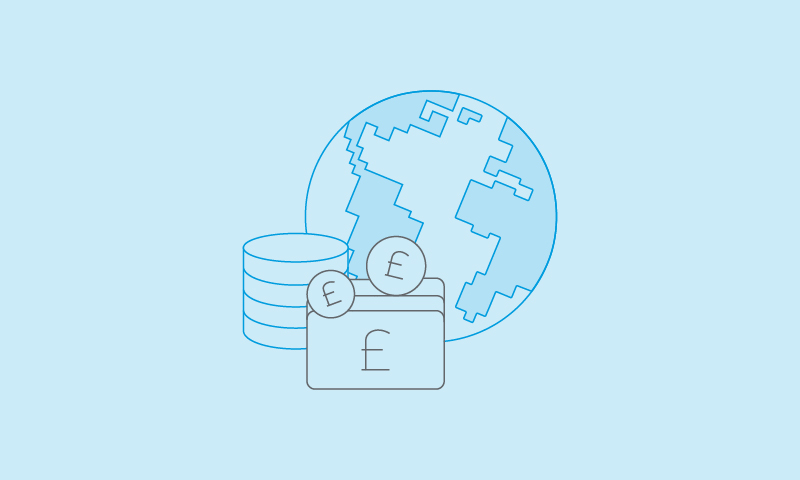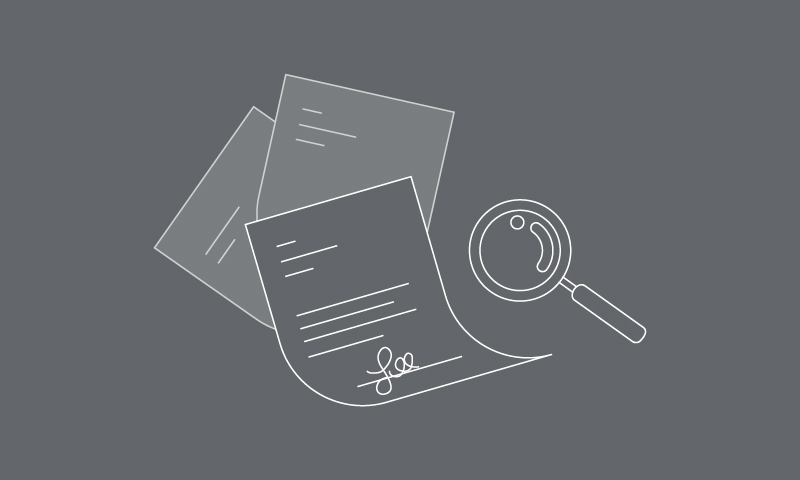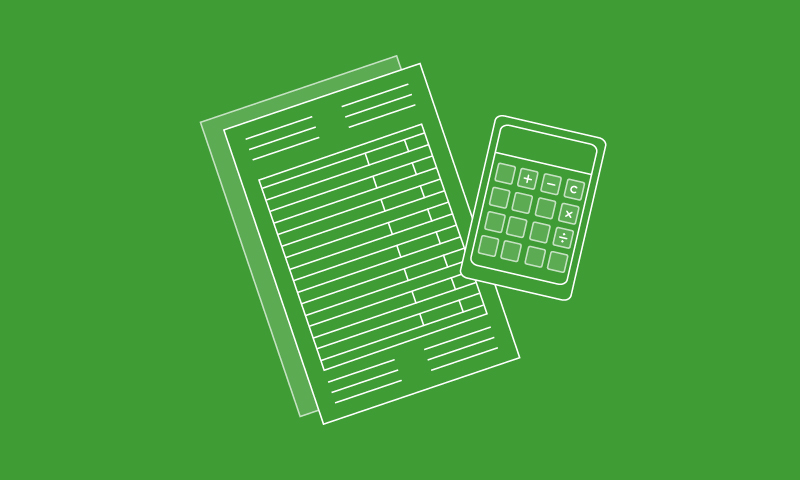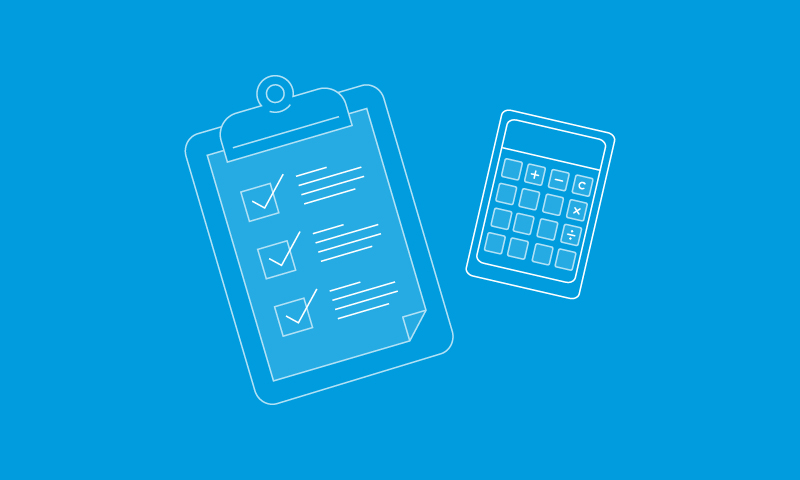09 August 2022
Following a period of incremental increases in interest rates, the Bank of England base rate has reached its highest level since 2008. This is good news for savers who may finally receive a better return on their savings. However, the rules for the taxation of savings income have changed significantly since interest rates were last at this level, so taxpayers will want to ensure they understand the tax implications.
Having an understanding of their tax obligations, available reliefs and allowances could save taxpayers both time and money. Taxpayers can minimise their liabilities by utilising relevant tax reliefs and allowances, as well as ensuring they do not have to submit a tax return solely to declare their savings income.
Banks stopped deducting income tax at source on savings income for individuals when the personal savings allowance (PSA) was introduced in April 2016. The PSA is set at £1,000 for basic-rate taxpayers, £500 for higher-rate taxpayers and zero for additional-rate taxpayers. Individuals with a low total income, generally below £17,570 in the 2022/23 tax year, may also be able to benefit from additional allowances in respect of savings income.
Where savings income falls within the PSA, income tax is charged at a rate of 0 per cent. Due to the 0 per cent tax rate, taxpayers will not be required to file a tax return just to declare this income if it is covered by the PSA. However, it is important to note that the savings income received should still be considered when determining total taxable income in a tax year and can give rise to other tax implications such as
- pushing a taxpayer into a higher tax band;
- increasing the amount of the high income child benefit charge arising; and
- reducing the personal allowance (for individuals with total taxable income in excess of £100,000).
Income from investments within an ISA and certain other tax-exempt products, such as premium bonds and national savings certificates, is not subject to income tax and does not count towards an individual’s total taxable income in a tax year. Therefore, individuals may want to make use of their annual ISA allowance (presently £20,000) and tax-exempt savings products to benefit from a reduction in tax exposure and the administrative burden of filing a tax return.
A further tax twist for parents – the parental settlement rules
As interest rates continue to rise, there may be a further sting in the tail for parents of minor children (i.e. children under the age of 18). The parental settlement rules are long-standing tax anti-avoidance rules that are intended to prevent parents from avoiding income tax by diverting income to their minor children. The rules apply in situations where a parent gifts an asset to their minor child which results in income arising to that child. This includes where parents make deposits into savings account for their children. The rules are not applied when the total income arising to a child from assets gifted by a parent is less than £100 in a tax year. However, if the income exceeds £100, the parent will be taxable on all income arising as though it is their own.
As interest rates continue to rise, these rules could leave taxpayers, who had innocently set up savings accounts for their minor children, with an unexpected tax bill.
The tax-free wrapper of a junior ISA and other tax-exempt saving products is not compromised by the parental settlement rules. Therefore, to mitigate tax risks, parents should ensure that they are utilising tax-exempt products as well as a child’s junior ISA allowance (presently £9,000) or their own personal ISA allowance each year with any savings intended to benefit their children.

AUTHOR








